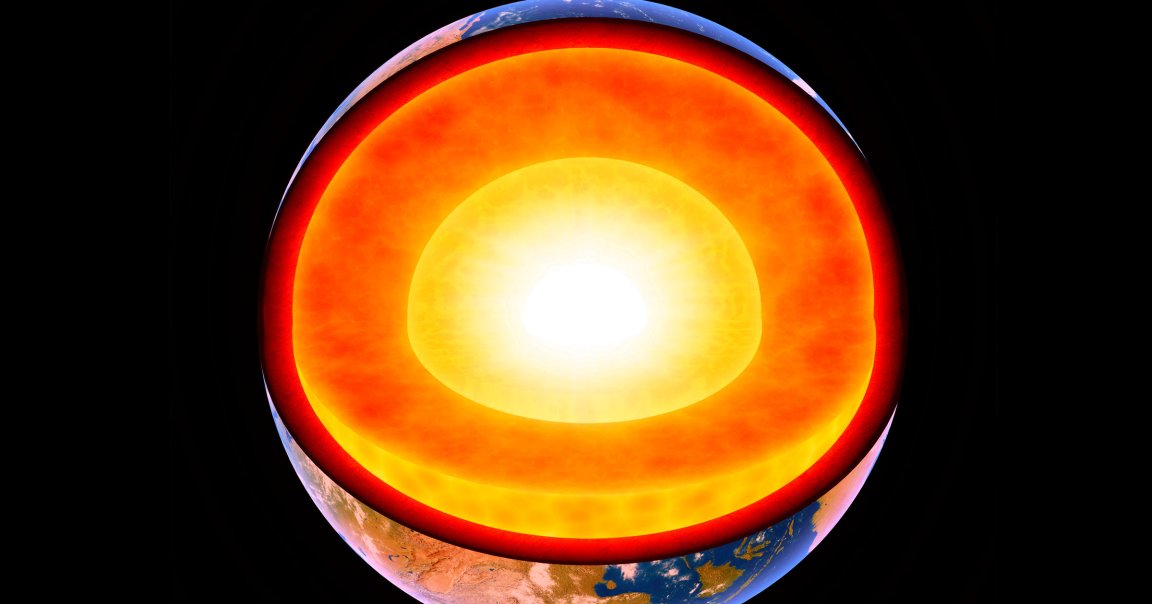
A team of geophysicists say that an enormous mass shifted deep beneath the Earth’s surface 18 years ago.
As detailed in a paper published in the journal Geophysical Research Letters last month, a team led by Paris City University researcher Charlotte Gaugne Gouranton analyzed data collected by NASA’s Gravity Recovery and Climate Experiment (GRACE) satellites between 2006 and 2008.
The two satellites were designed to monitor changes in the planet’s underground water storage and sea levels, per NASA. But the findings by Gouranton’s team suggest they were able to probe far deeper than that.
By analyzing minute shifts in the Earth’s gravitational field, they found evidence that material thousands of miles inside the Earth, near where the core meets the mantle, had mysteriously shifted.
Their findings could shed more light on the layers that make up the Earth and how they are interconnected, coauthor and University Gustave Eiffel in Paris geophysicist Isabelle Panet told Nature. These connections could inform how the Earth maintains its shielding magnetic field, protecting us from space weather.
In their paper, the team proposes that perovskite, a type of mineral found at the bottom of Earth’s mantle, may have changed the layer’s structural configuration, causing rocks in the vicinity to become denser and increase in mass. These perturbations sent out ripples that could’ve reached the boundary of the Earth’s core.
These changes also could’ve altered the way liquid rock flows inside the Earth’s outer core, resulting in strange geomagnetic readings in GRACE data.
The blip, or “geomagnetic jerk,” which peaked around 2007, showed up off the Atlantic coast of Africa, initially throwing Panet and her colleagues for a loop. Shifts in the Earth’s groundwater, which the GRACE satellites helped scientists measure between 2002 and 2017, couldn’t explain the strange signal.
“So at least partially, there has to be an origin within the solid Earth,” Panet told Nature. “It has to come from very deep.”
But to confirm their theory, the team will have to continue their investigation.
Fortunately, NASA already launched the GRACE satellites’ successors, dubbed the “Gravity Recovery and Climate Experiment Follow-on (GRACE-FO) mission,” back in May 2018.
The team is hoping to use the data from the mission to explore how changes in the “core-mantle boundary topography may influence core flow dynamics and the geomagnetic field” — and hopefully spot other “rapid events in the deep mantle,” per their paper.
More on the Earth’s layers: Scientists Detect Deep, Rhythmic Pulse Coming From Inside the Earth